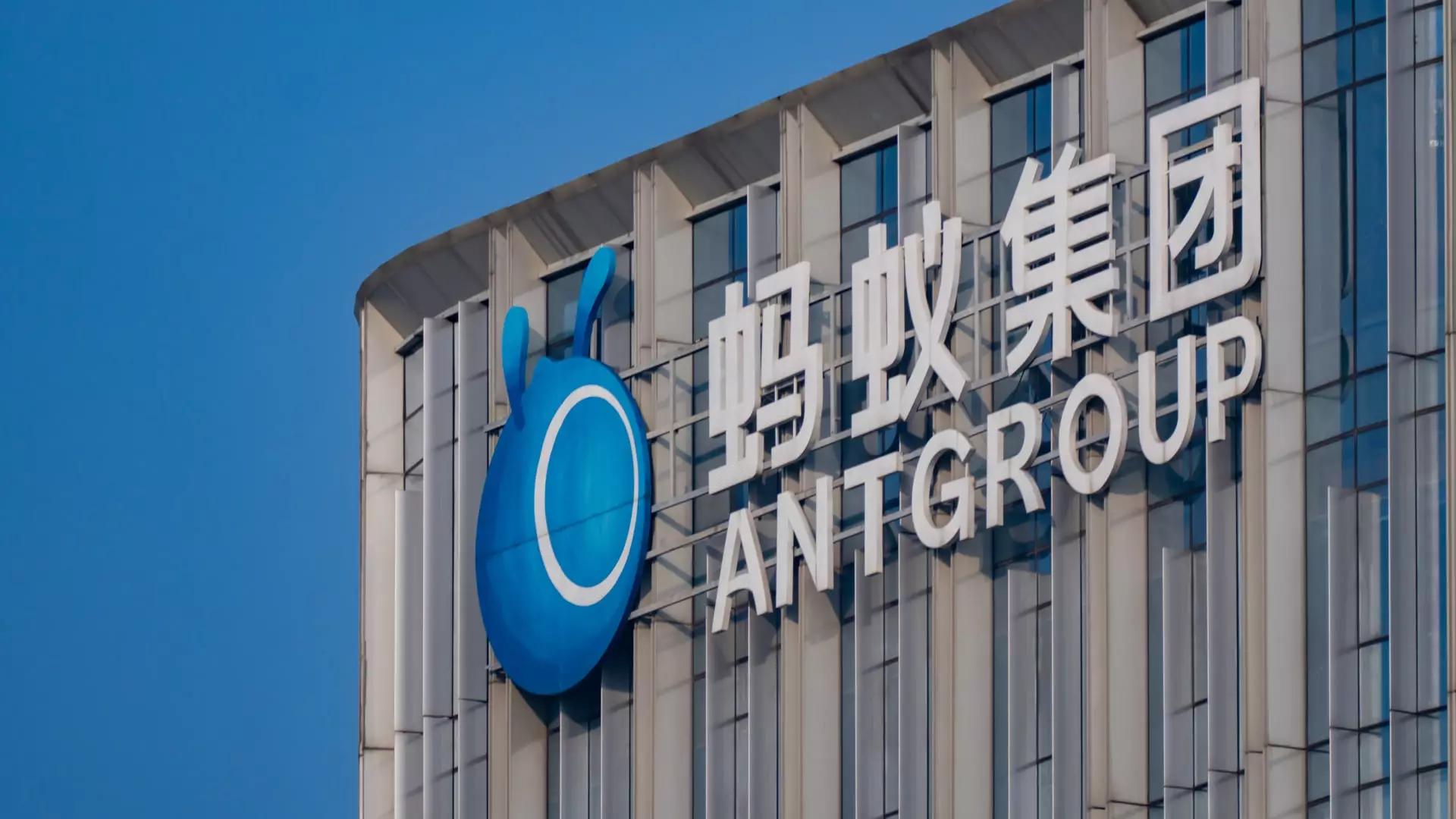Ant Group, the financial technology giant tied to Alibaba, is charting a path that weds innovation with pragmatism. By leveraging both domestic Chinese semiconductors and those from the United States, Ant is not just cutting costs but reshaping how AI models are trained. This multidimensional approach is a strategic masterstroke, acknowledging both the geopolitical tensions surrounding tech supremacy and the necessity of supply chain resilience. In an era where monopolistic tendencies in tech can lead to stagnation, Ant’s strategy of utilizing diverse chip sources offers a refreshing counter-narrative, underlining the potential benefits of cross-border collaborations and the necessity for diverse technology procurement in today’s volatile environment.
Reducing Costs, Increasing Efficiency
The efficiency gains from this chip diversity cannot be understated. Ant Group’s reported reduction of 20% in computing costs through the use of cheaper hardware for model training is a significant achievement that stands as a testimony to the power of innovation in operational methodologies. In an industry increasingly bogged down by exorbitant costs, this breakthrough could disrupt the established norms, proving that high-quality AI doesn’t always require the high price tags typically associated with it. It raises important questions about how other firms might adapt to keep pace in a rapidly evolving market landscape.
The Mixture of Experts Technique: A Paradigm Shift
The trend toward using the “mixture of experts” (MoE) technique lends credibility to the narrative that AI development doesn’t need to be a zero-sum game. By utilizing models that can efficiently allocate resources to different tasks, Ant Group is embracing flexibility that can dramatically lower operational costs. This stands in stark contrast to traditional AI training methods which often lead to inefficiencies and resource overextension. The advent of such adaptable models could empower smaller firms to innovate, providing opportunities for a broader range of participants in the AI space, challenging the entrenched dominion held by incumbents like Nvidia.
Healthcare Innovations: The Practical Applications
Ant Group’s recent advancements in artificial intelligence specifically tailored for healthcare illustrate the broader implications of these technological strides. The deployment of advanced AI solutions across major hospitals in cities like Beijing and Shanghai highlights a pragmatic approach that focuses on real-world applications. Improving patient care through AI not only enhances outcomes but also sets a standard for what can be achieved when technology meets necessity. Such initiatives show that the narrative surrounding AI is shifting from one of existential musings to tangible societal benefits, potentially improving the quality of life for millions.
Geopolitical Ramifications: A Cautionary Tale
However, the tensions between the U.S. and China over semiconductor access cannot be ignored. The restrictions placed on Chinese enterprises, particularly in cutting-edge AI technologies, are desperate attempts to stifle competition but could have the opposite effect. By diversifying their semiconductor supply, Chinese companies like Ant may actually thrive in a decentralized tech ecosystem, potentially illuminating the path forward for resilience in the face of political maneuvering. This geopolitical backdrop presents a double-edged sword: while it fuels innovation, it also underscores the fragility of international tech partnerships.
The strategic decisions made by Ant Group in the realm of artificial intelligence offer a roadmap for navigating the intricate web of modern technology. By valuing innovation within the framework of geopolitical constraints, they are not just creating a competitive advantage—they are also rewriting the rules of engagement in the global tech arena.


Leave a Reply